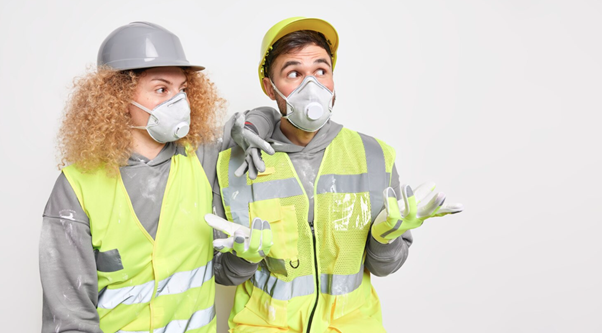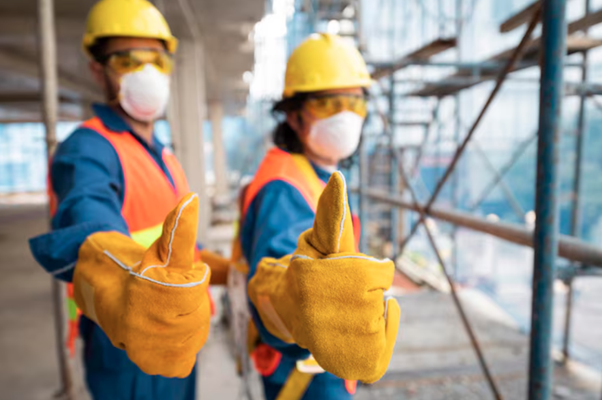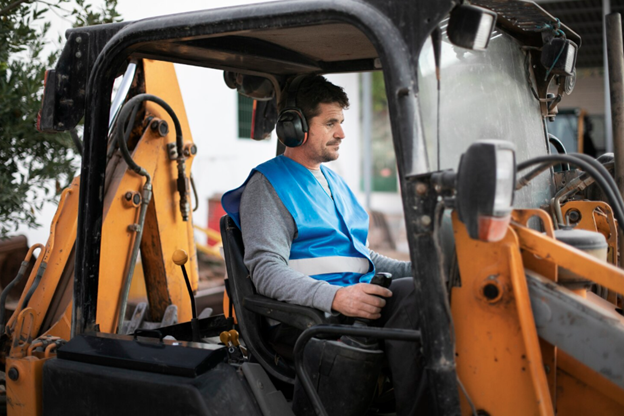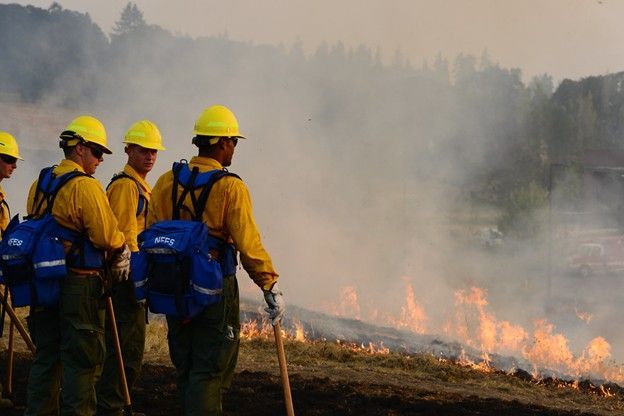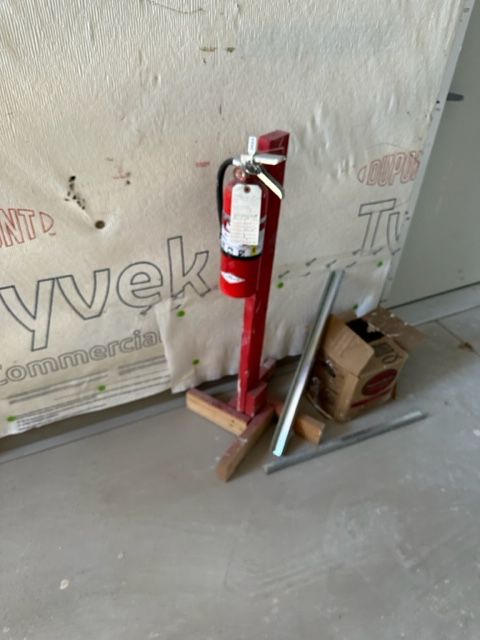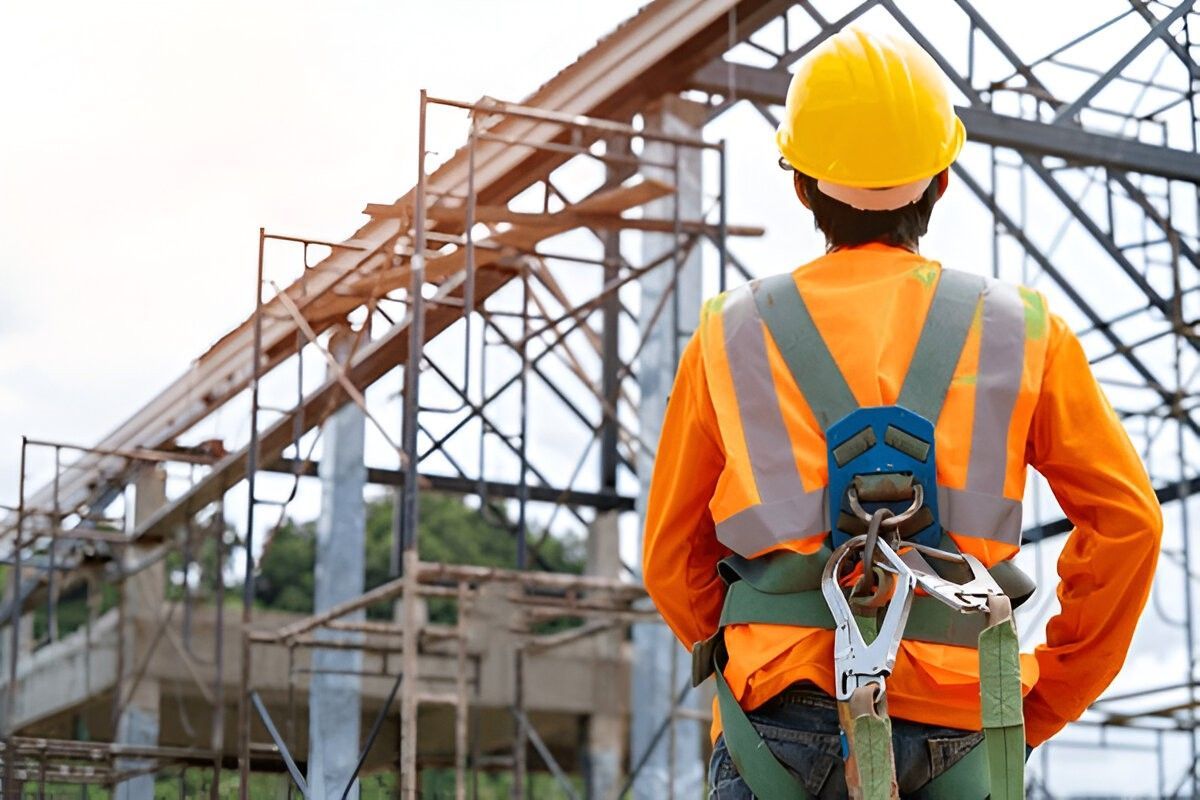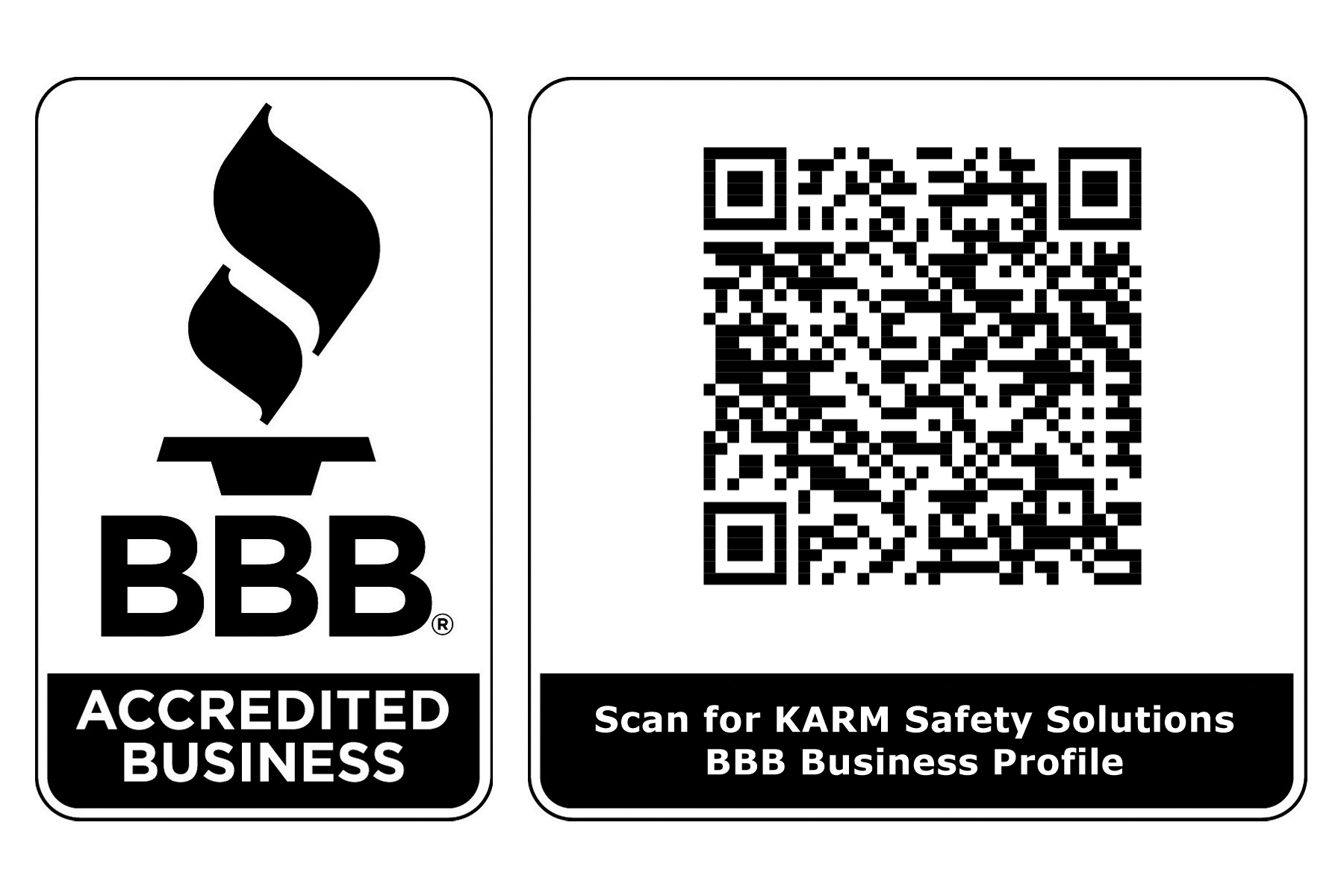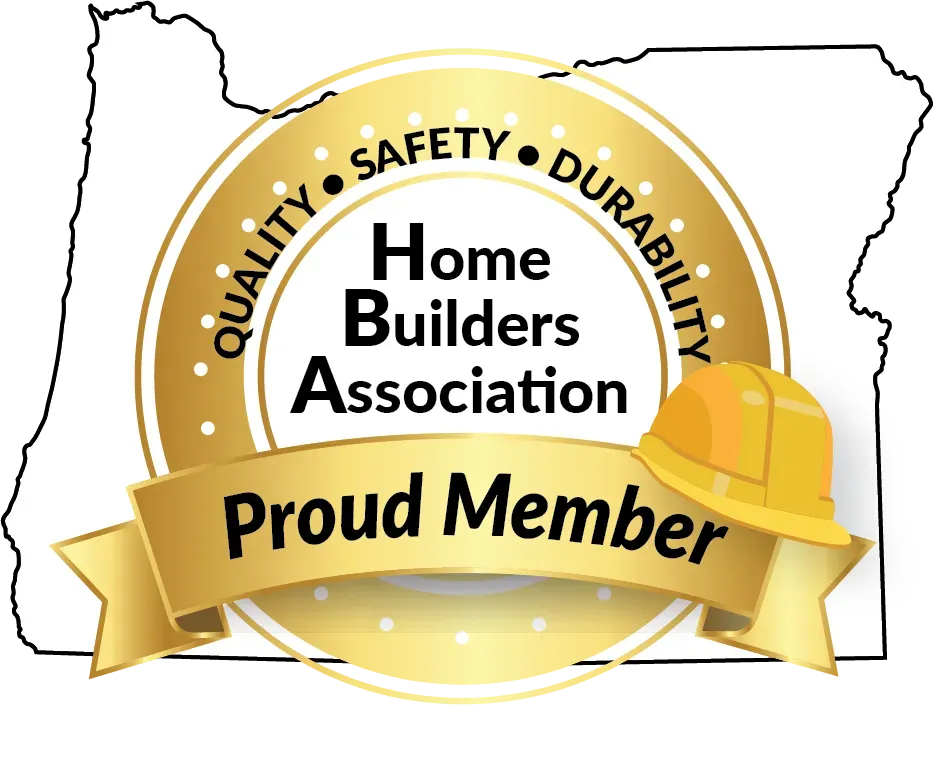Could OSHA Confined Space Training Be Your Best Safety Investment
Working in tight spaces can be dangerous, even for experienced workers. OSHA confined space training teaches employees how to spot hazards, follow safety steps, and handle emergencies safely. This training helps prevent injuries, keeps operations running smoothly, and makes the workplace safer. Proper training ensures workers are prepared before entering any space where hazards may exist, reducing risks and boosting confidence.
Spotting Hidden Dangers
Confined spaces can include tanks, manholes, vaults, or tunnels. Hazards such as low oxygen, toxic gases, or the risk of getting trapped are often not obvious. Training shows workers how to detect dangers, use safety tools, and follow safe entry and exit steps to stay protected.
Workers also learn to recognize subtle warning signs, like changes in air quality, unusual odors, or structural weaknesses. By understanding these cues, employees can prevent dangerous situations before they develop. Even routine inspections can become life-saving when workers know what to look for.
Accidents That Can Happen
Workers without proper training can get hurt by falls, suffocation, or exposure to harmful chemicals. Even simple tasks can become dangerous if safety rules are not followed. OSHA confined space programs teach employees to recognize hazards, wear protective gear, and follow step-by-step procedures to prevent serious accidents.
Real-world incidents show that a lack of training often leads to severe injuries. For example, employees entering a storage tank without monitoring air quality can quickly encounter oxygen-deficient or toxic atmospheres. Training equips workers to measure and control these risks, avoiding situations that could easily become fatal.
Steps for Safe Entry
Understanding the OSHA definition of confined space helps workers know which areas need strict safety measures. Confined space rescue training teaches how to check conditions, secure entry points, and test air quality. Employees learn how to use ventilation, harnesses, and emergency systems properly to keep the space safe.
Training also emphasizes pre-entry planning, including hazard assessment, communication protocols, and emergency preparation. Workers learn to follow checklists to ensure nothing is missed, making the work safer for everyone involved. Proper preparation reduces stress and helps employees focus on their tasks.
Being Ready for Emergencies
Confined space emergencies can happen quickly. Trained workers know how to respond if someone is trapped or exposed to hazards. Practice drills build teamwork, communication, and awareness, making sure employees act quickly and safely in urgent situations.
Emergency drills simulate realistic conditions, such as sudden equipment failures or unexpected gas leaks. This hands-on experience teaches employees to remain calm, follow procedures, and help coworkers efficiently. Being prepared increases the chances of a successful rescue and minimizes the risk of injury.
Meeting Safety Rules
Following OSHA rules protects workers and keeps companies from fines. Trained teams reduce hazards and show responsibility. Safety training also gives workers confidence, helps them stay alert, and keeps operations running smoothly.
Organizations that enforce safety rules consistently see fewer accidents and higher productivity. Employees understand that following procedures is not optional but critical to their safety. A well-trained team also builds trust with management and coworkers, creating a culture where safety is a priority.
Learning by Doing
Hands-on training lets employees practice safe entry, monitoring, and rescue steps. Trying these skills in real-life scenarios helps workers remember procedures and react correctly in actual emergencies. Practice makes safety habits automatic and reliable.
Simulated exercises include measuring oxygen levels, handling rescue equipment, and communicating during emergencies. By practicing repeatedly, workers develop confidence and muscle memory. This ensures they respond correctly even under stress, making the workplace safer for everyone.
Long-Term Benefits
Proper training lowers the chance of accidents, cuts downtime, and reduces insurance costs. Experienced employees can guide new workers, spreading safe practices across the team. Trained teams are confident, alert, and ready to handle high-risk jobs safely.
Ongoing training also keeps workers updated on the latest safety standards and techniques. Regular refreshers reinforce knowledge, helping teams maintain a high level of competence and awareness. Over time, this investment in training results in a safer, more efficient, and reliable workforce.
Final Look:
At KARM Safety Solutions, our confined space and rescue programs combine real-life exercises with clear instructions. We train employees to spot hazards, follow rules correctly, and handle emergencies safely. Our goal is to make teams ready, confident, and capable of keeping the workplace safe. Our training includes guided practice, scenario-based drills, and detailed feedback to ensure workers understand and can apply procedures in actual work situations. This approach ensures knowledge is not just learned but used consistently, reducing risk and improving overall safety standards.
Protect your employees before accidents happen. Train your team with KARM Safety Solutions and make your workplace safer. Investing in proper training safeguards your team, reduces downtime, and strengthens workplace safety culture.
FAQs:
1. What is OSHA confined space training?
It is a program that teaches workers to identify hazards and follow safety procedures in confined areas.
2. Who needs confined space training?
Employees who enter, work in, or supervise confined spaces must complete proper training to stay safe.
3. How does training prevent accidents?
It teaches hazard recognition, emergency procedures, and safe entry practices to reduce injury risks.
4. What is the role of rescue training?
Confined space rescue training prepares workers to respond safely and effectively during emergencies.
5. Why is hands-on practice important?
Practical exercises build confidence, improve skill retention, and prepare employees for real-life confined space situations.

